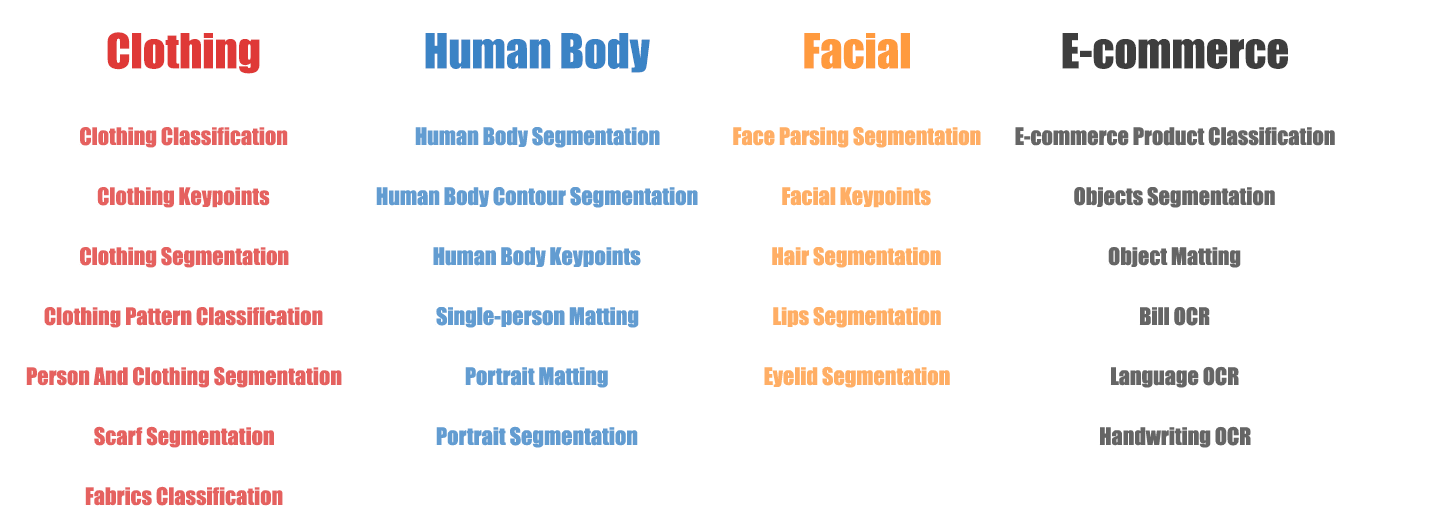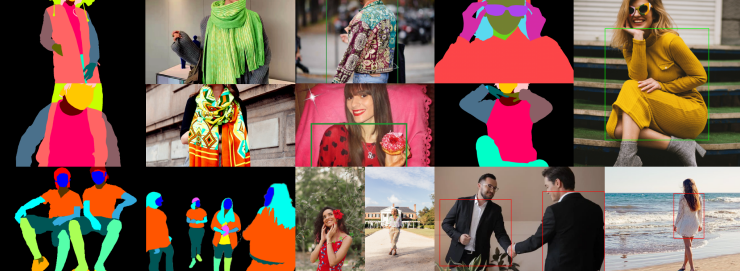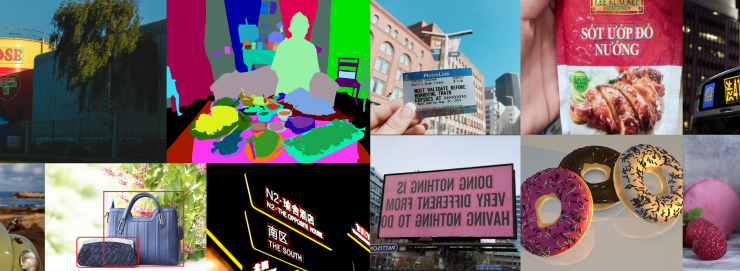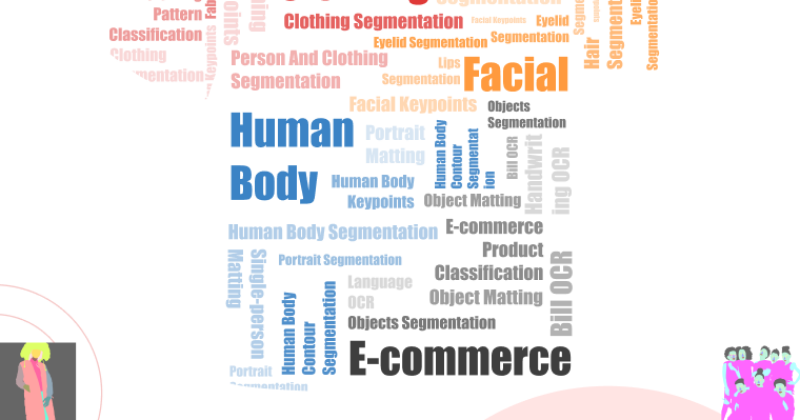We’re excited to unveil our comprehensive “Fashion & e-Commerce Dataset Collection,” designed to spur innovation in AI technologies across the fashion and e-commerce sectors.
The dataset is organized into 24 typical scenarios , show the richness of real-world environments, conditions, and objects. It is carefully curated to reflect diverse and realistic situations, allowing the model to be tested and refined under a wide range of conditions.Contains 33 meticulously fine-annotated sub-datasets. Each labeled and annotated with a high degree of precision.
These datasets offer a vast range of potential use cases, from object detection and segmentation to pose estimation and beyond.This dataset provides a unique context in various applications including personalized recommendations, virtual fittings, beauty AI, and product recognition. This extensive, versatile dataset is a significant resource that we believe will inspire a myriad of innovative solutions in the field.
24 Typical scenarios

33 Fine-annotated sub-datasets.
1.Clothing

The dataset serves the algorithm by providing comprehensive clothing data. By analyzing the apparel data, a visualization of the item can be generated with various customization options (colors, materials, patterns, custom prints) chosen by the customer. This data collection set can provide complete data support for the algorithm, enabling the algorithmic model to provide personalized suggestions and a more targeted user experience.
2.Human Body

The dataset serves the algorithm by providing detailed customer body measurement data and clothing item measurement data. Using this data, the algorithm can create an augmented reality (AR) representation on the customer’s body taking into account the specific dimensions of the customer and the item. In addition, the dataset includes user-generated feedback on the fit, which helps the algorithm learn from previous customer experiences and improve the accuracy of its size recommendations. This information enables the platform to provide a virtual fitting room experience and more accurate sizing recommendations for each customer.
3.Facial

The facial region segmentation dataset serves facial makeup algorithms by providing labeled images that identify distinct facial regions, such as eyes, lips, and cheeks. These annotations enable algorithms to accurately recognize and apply makeup to specific areas in a realistic and precise manner. By learning from this dataset, makeup algorithms can enhance virtual makeup applications, ensuring that cosmetic products are correctly placed and blended on users’ faces, resulting in a seamless and natural-looking virtual makeover experience.
4.E-commerce

Datasets serve merchandise identification and e-commerce by providing detailed product information, images, and customer preferences. These datasets enable machine learning algorithms to categorize products, extract key attributes, and recommend items based on user behavior. Additionally, datasets containing user-generated content, such as reviews and ratings, support sentiment analysis and trend prediction. By leveraging these datasets, e-commerce platforms can enhance product discovery, personalization, and customer satisfaction, ultimately leading to improved user experiences and increased sales.
Copyright Statement:
This dataset is licensed under a Creative Commons Attribution-NonCommercial-ShareAlike 4.0 International License. You are free to:
· Share — copy and redistribute the material in any medium or format.
· Adapt — remix, transform, and build upon the material.
Under the following terms:
· Attribution — You must give appropriate credit, provide a link to the license, and indicate if changes were made. You may do so in any reasonable manner, but not in any way that suggests the licensor endorses you or your use.
· NonCommercial — You may not use the material for commercial purposes.
· ShareAlike — If you remix, transform, or build upon the material, you must distribute your contributions under the same license as the original.
For more details, please visit Creative Commons Attribution-NonCommercial-ShareAlike 4.0 International License.



